Program
Focus Areas
Air
The NCASI Air Program focuses on improving the science and implementation of emissions measurement methods--a topic that is relevant for forest products manufacturing and beyond.
Learn More
Aquatic Ecosystem Assessment
Biocriteria are narrative or numeric expressions that describe the desired biologic integrity (structure and function) of aquatic communities and are used for the assessment and regulation of aquatic ecosystem health. Biocriteria, and the techniques for assessing them, evolve over time. Tasks in this focus area investigate biocriteria and bioassessment approaches,…
Learn More
Bioassays and Whole Effluent Toxicity Testing
As part of its member support activity, NCASI staff assist mills with diagnosing and addressing situations in which whole effluent toxicity (WET) tests fail to meet NPDES permit requirements. This sometimes includes split sample testing in NCASI’s bioassay laboratory in Newberry, Florida. While bioassay issues may be due to constituents…
Learn More
Boiler MACT
NCASI technical resources related to the Boiler MACT rulemakings are available here. Notable NCASI work related to this topic includes an assessment of the performance of PM CEMS on wood-fired boilers, summary of Detection and Quantitation limits for mercury (Hg) measurement, guidance on fuel sampling and analysis and summary contaminant…
Learn More
Chemical Management
NCASI’s Chemical Management Program is designed to help members meet the challenges associated with ensuring the safe and effective use of chemicals and effectively achieving related regulatory reporting obligations.
Learn More
Chemical Reporting
In addition to reporting requirements associated with permit obligations, mill environmental staff have duties to report the production and environmental releases of certain substances under federal programs such as the Toxic Substances Control Act (TSCA), Superfund Amendments Reauthorization Act (SARA), and Comprehensive Environmental Response, Compensation, and Liability Act (CERCLA) in…
Learn More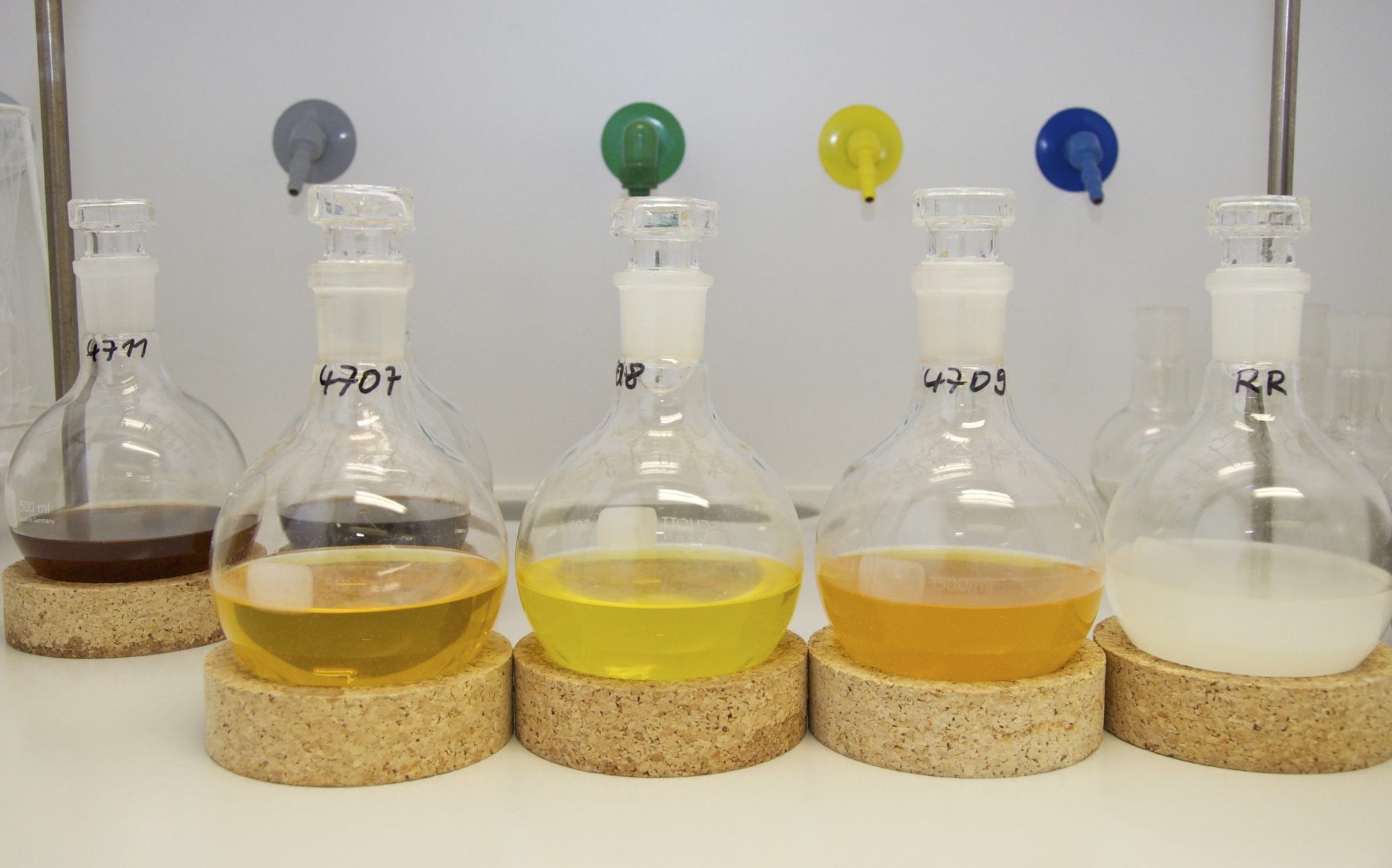
Combustion Calculation Tools
Learn More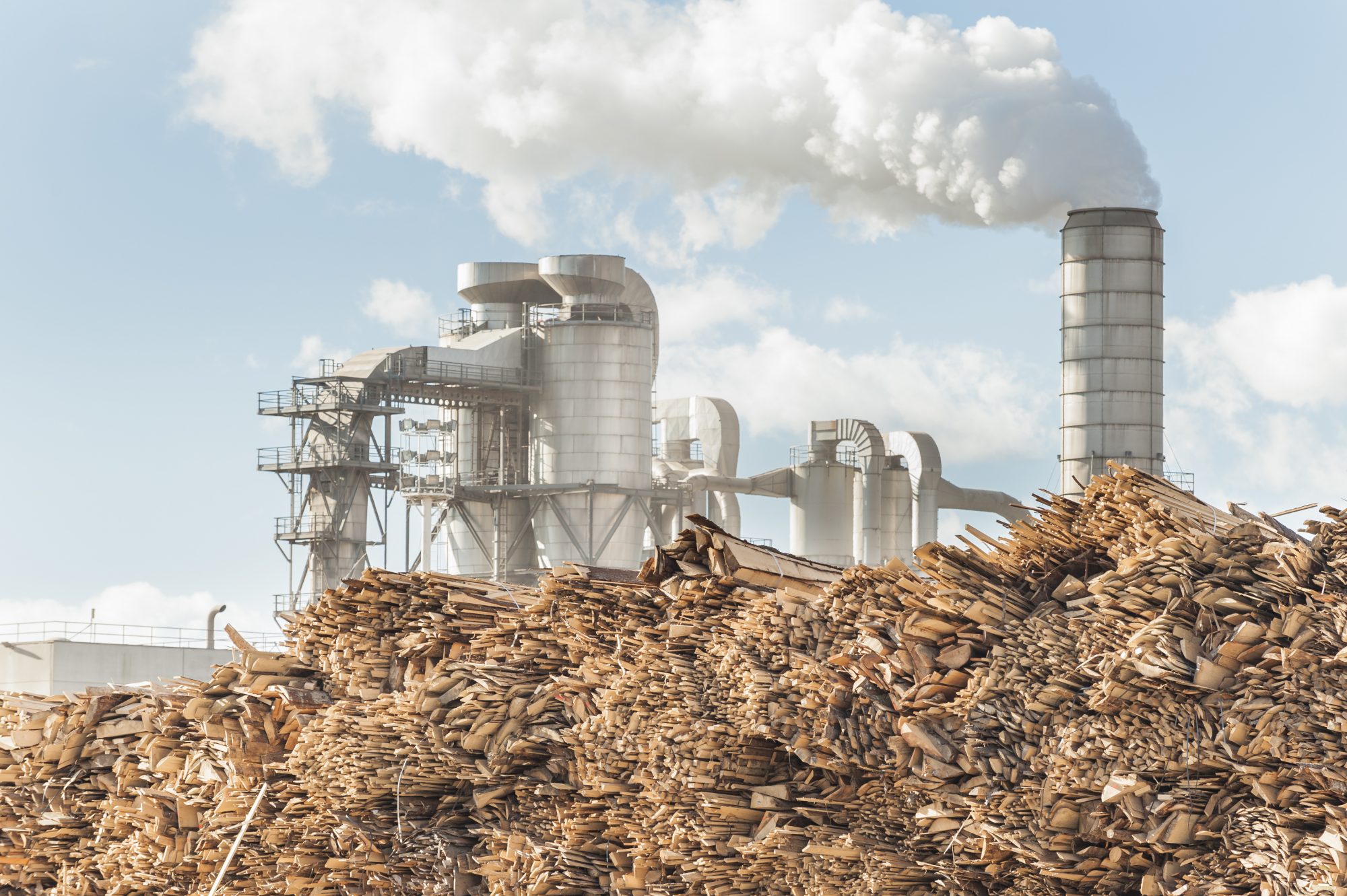
Continuous Emission Monitors (CEMs)
As the use of CEMs in demonstrating compliance becomes commonplace in the industry, there is a need for NCASI to be more involved in tracking CEMs technologies, understand underlying implementation questions, and summarize key requirements for ongoing performance assurance of these systems.
Learn More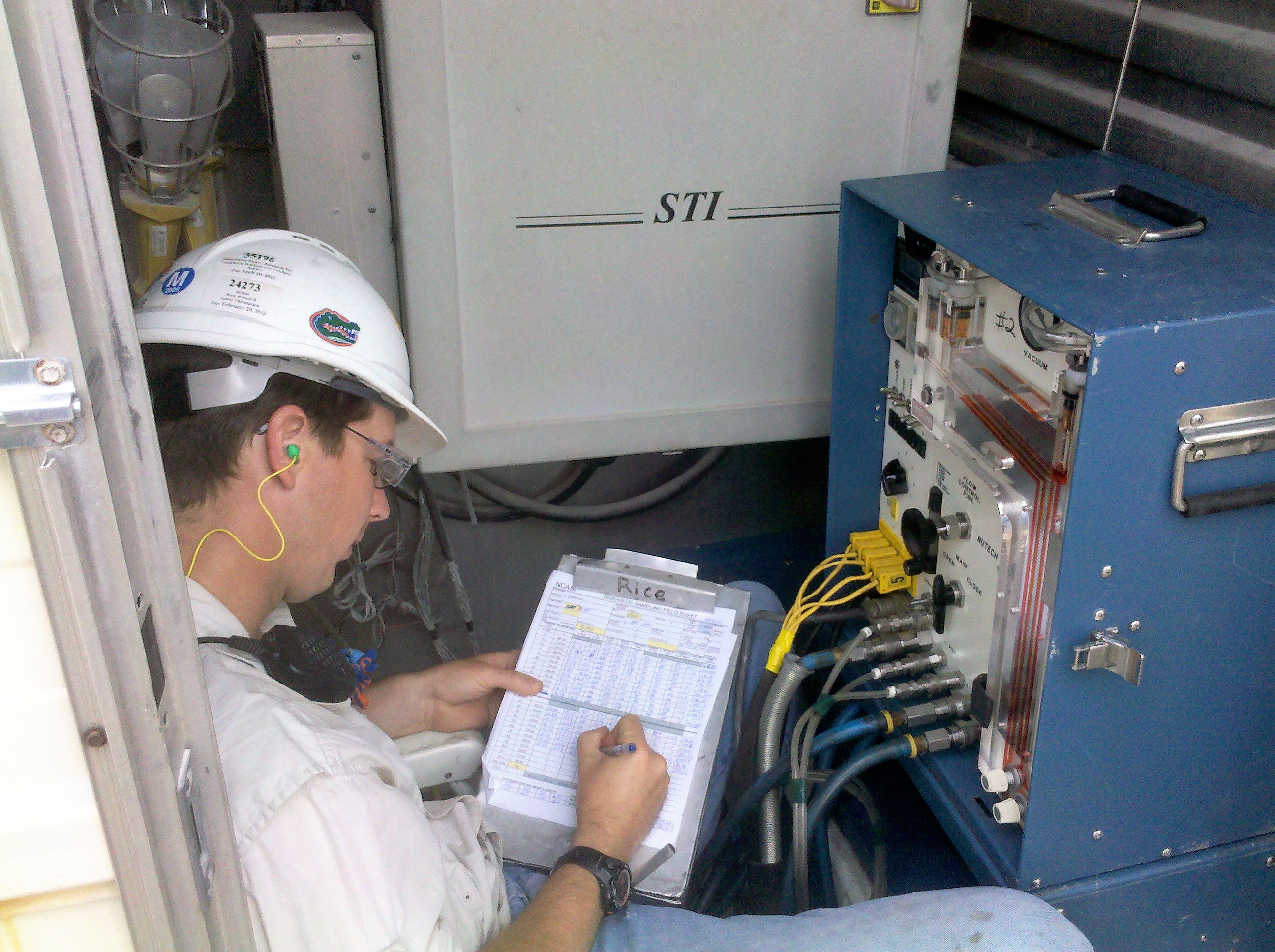
Criteria to Protect Human Health
EPA publishes criteria recommendations for water quality that can be used by states to ensure that the presence of substances in ambient waters does not represent an unreasonable threat to humans who may recreate in and on the water, consume fish from the water, or use the water as a…
Learn More
Educational resources for training
Resources to use in your Wastewater Treatment training
Learn MoreEnvironmental Impacts
As state and federal agencies continue to update existing regulations for the use and discharge of chemicals and develop new regulations for previously unregulated substances, there is a need for technical work to evaluate the use of toxicology and epidemiology to inform risk assessment during policy setting. Tasks developed in…
Learn More
EPA Methods
Constituents and properties of wastewaters and treated effluents can be measured using a variety of techniques, but in certain circumstances methods developed by EPA must be used. NCASI’s analytical laboratory has considerable experience with EPA methods and is particularly knowledgeable about techniques that can be used to ensure that the…
Learn More
Forestry
NCASI’s forestry programs are addressing important technical questions related to sustainable forestry, third-party certification, forest environmental management, and government regulation of forestry operations.
Learn More
Herbicide Use in the US and Canada
In commercial forestry, herbicides are used to control competing vegetation and improve timber productivity. Herbicides may also be applied in forest ecosystems to control invasive plants, create special features important to wildlife (e.g., dead trees), help restore native ecosystems (e.g., native pine- grasslands ecosystems), and manage early successional and savanna…
Learn More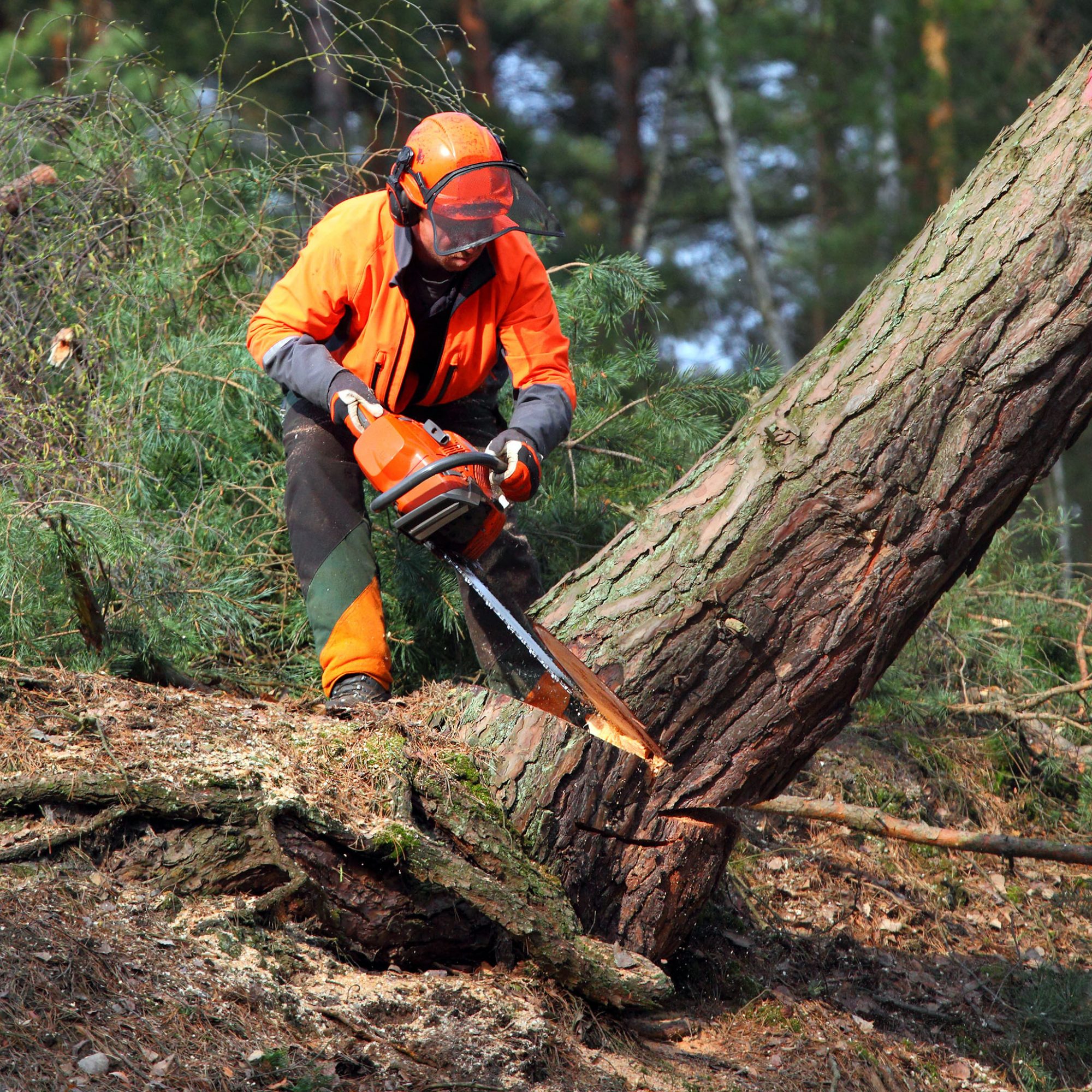
Long-Term Receiving Water Study
Initiated in 1998, the NCASI Long-term Receiving Water Study (LTRWS) is a long-term (>10 years), multi-faceted, study designed to evaluate potential effluent responses in U.S. receiving waters. Study Streams Willamette River, Oregon LTRWS data are collected on four streams: Codorus Creek, Pennsylvania Leaf River, Mississippi McKenzie River, Oregon Willamette River,…
Learn More
National Ambient Air Quality Standards
NCASI collaborates in substance toxicity evaluations and in risk analysis approaches that drive policy decision making.
Learn More
NCASI Methods Manual
As part of the Technical Studies and Support Program, NCASI sometimes develops methods for analytical parameters for which no rigorously tested or validated methods are otherwise available. The methods are compiled into a single manual to facilitate their distribution and use.
Learn More
Performance of Analytical Methods
As environmentally-related challenges evolve, there is an ongoing need for staff to be operationally familiar with the performance of existing methods, revisions to existing methods, and new methods that are applied to relevant mill matrices (e.g., various wastewaters and residuals).
Learn More
Product Stewardship
One component of product stewardship activities is minimizing health and environmental impacts of products. In order to do this, it is important to understand chemical use during the manufacturing process and the eventual fate of those chemicals – understanding, for example, whether they are retained in the product, consumed in…
Learn More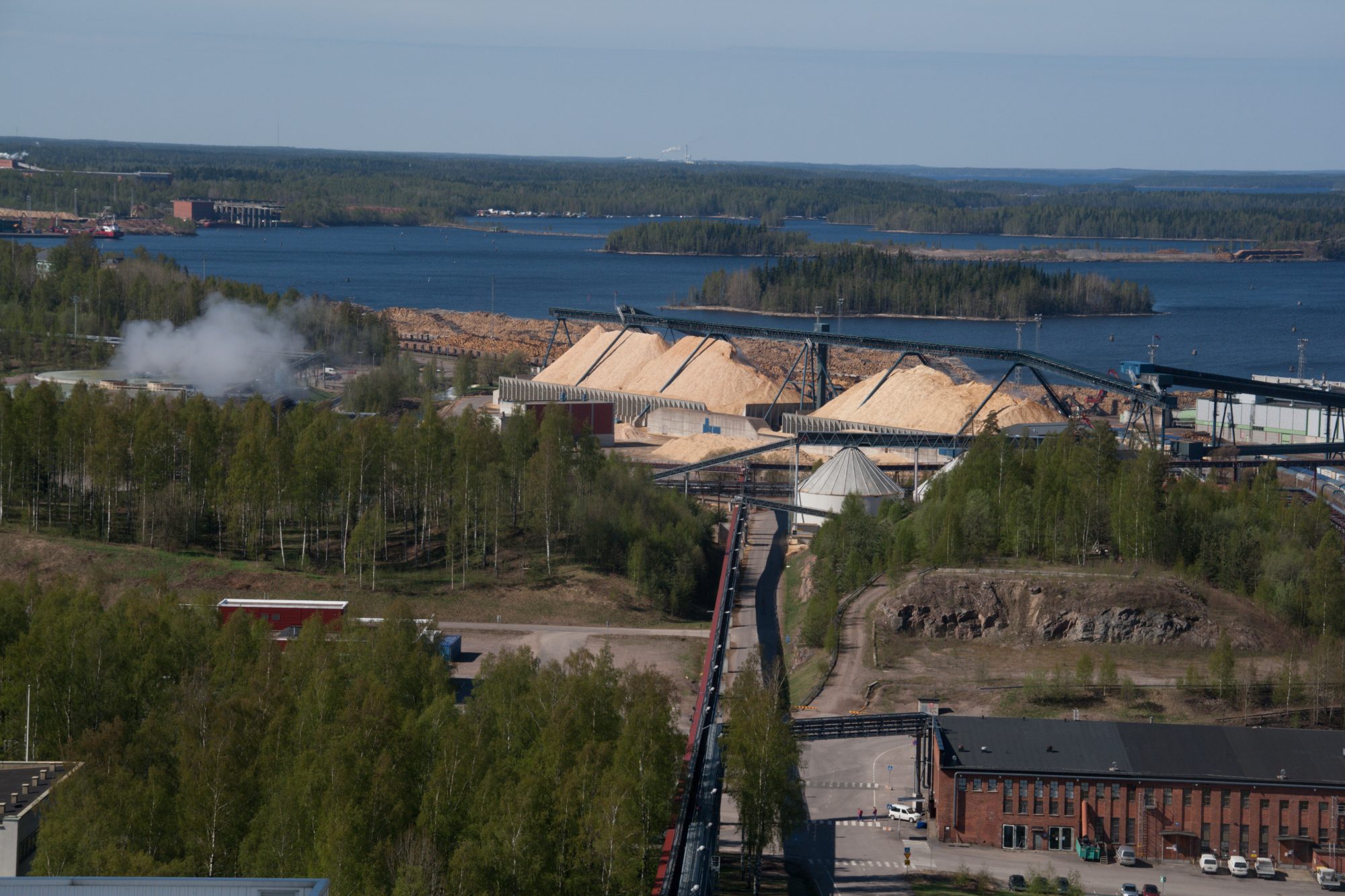
Sustainability & Climate
NCASI’s Sustainable Manufacturing program focuses on characterizing the potential impacts of a variety of activities along the value chain and identifying cost-effective ways to reduce these impacts.
Learn More
TMDLs
A Total Maximum Daily Load (TMDL) is the end product of efforts to quantify the capacity of a waterbody to assimilate substances entering the water from natural and manmade sources. The process of completing a TMDL includes developing an allocation for substances contributed from both point sources (e.g., treated effluent…
Learn More
Use of Chemicals in Managed Forests
Although no significant expansion in area of intensively managed forest in the United States is anticipated in the future, increased management intensity on some Member company lands remains a key component of strategies for meeting demand for wood. Much of the world’s future incremental needs for industrial wood will likely…
Learn More
Wastewater Characterization
The characteristics of forest product industry wastewaters are unique, requiring specialized efforts to characterize their constituents and treatability. These characteristics are assessed within the context of mill wastewater unit operations and used to inform management decisions. Information needs are on-going and driven by updated regulatory targets, mill process changes, and…
Learn More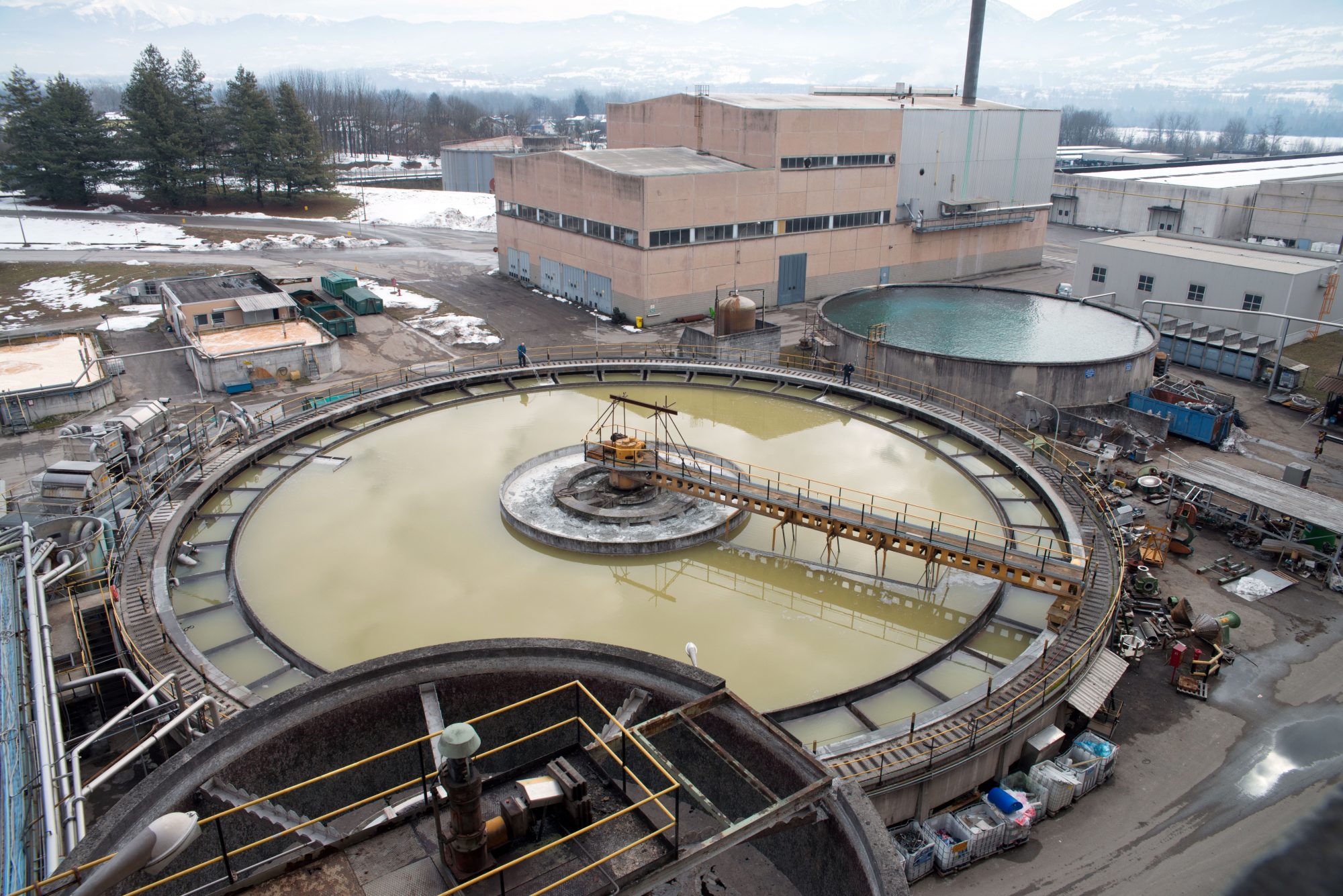
Wastewater Treatment System Performance
NCASI provides technical information that members rely upon to maintain or enhance the performance of wastewater treatment systems. Recently, members have indicated a growing interest in modern monitoring approaches and alternative means for characterizing system health and on-going effectiveness. These novel methods of monitoring and predicting performance may help members…
Learn More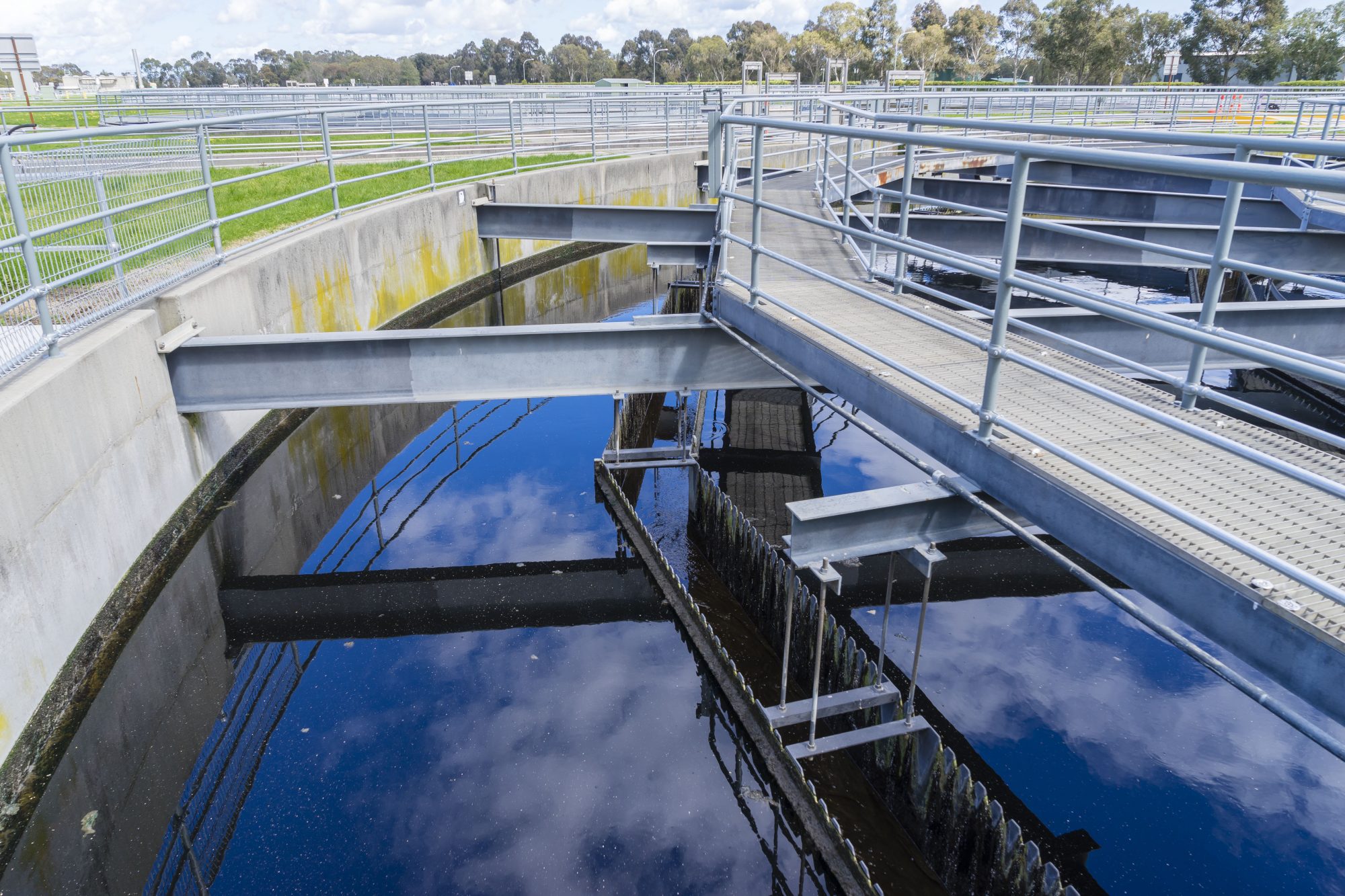
Water
NCASI has three program areas that contribute to the scientific understanding and conservation of water resources. These are the Water Quality Program, The Aquatic Biology Program, and the Forest Watersheds Program.
Learn More
Water Quality Criteria & Effluent Limits
Procedures used by federal and state regulatory authorities to manage the quality of surface water continue to evolve, particularly as regards criteria that describe whether a water is meeting its designated use. In the absence of data or robust criteria development methods, regulatory standards are necessarily conservative. Projects in this…
Learn More
Air Toxics
NCASI builds on an understanding of industrial processes, measurement methods and emissions measurement data to develop emission factors. Technical studies seek to fill critical gaps in emissions data in a timely manner, for maximum use in regulatory development and permitting. NCASI leverages this expertise to address challenging member questions related…
Learn More
At-risk species
Biodiversity-related issues, such as Endangered Species Act listing determinations, have significant influence on land management and wood procurement nationwide.
Learn More
Benchmarking
Within NCASI’s benchmarking program, mill-specific databases of a range of important environmental and energy benchmarking metrics are maintained and updated on a continual basis.
Learn More
Biomass & Climate Change
Climate change is an issue potentially affecting multiple facets of the forest products industry. There is pressure on industry to reduce energy intensity, sequester carbon, and account for carbon stocks and changes in those stocks.
Learn More
Climate Change & Carbon
Climate change science and public policy are evolving in ways that could have implications for the forest products industry. GHG limits on industrial sources are being implemented in some jurisdictions, raising technical concerns requiring continued NCASI attention in support of Member Companies. Also, benefits of using biomass fuels and products…
Learn More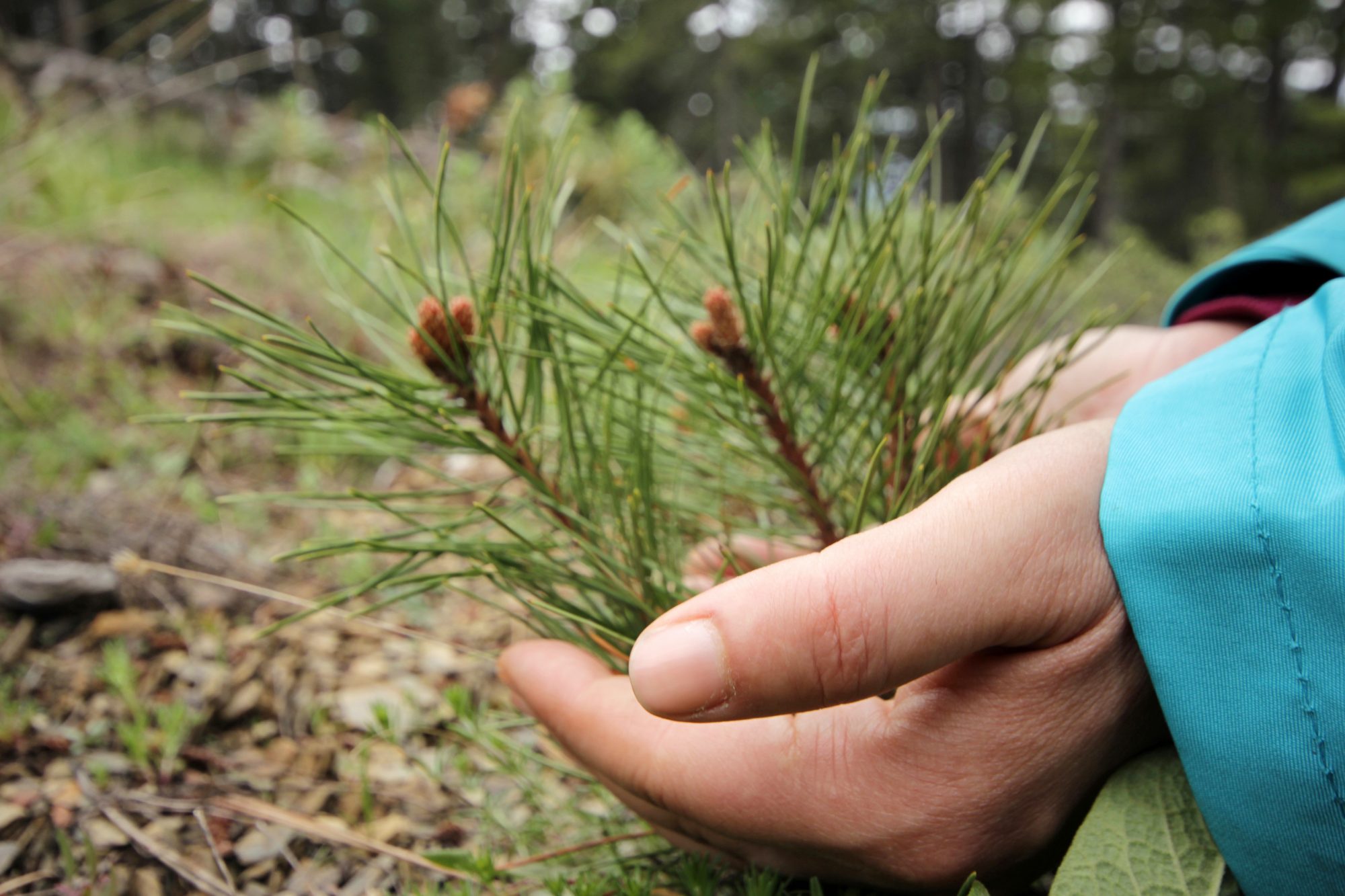
Cogeneration (CHP)
The industry makes extensive use of efficient combined heat and power (CHP) systems, often fueled by biomass, to supply steam and electricity to drive their processes.
Learn More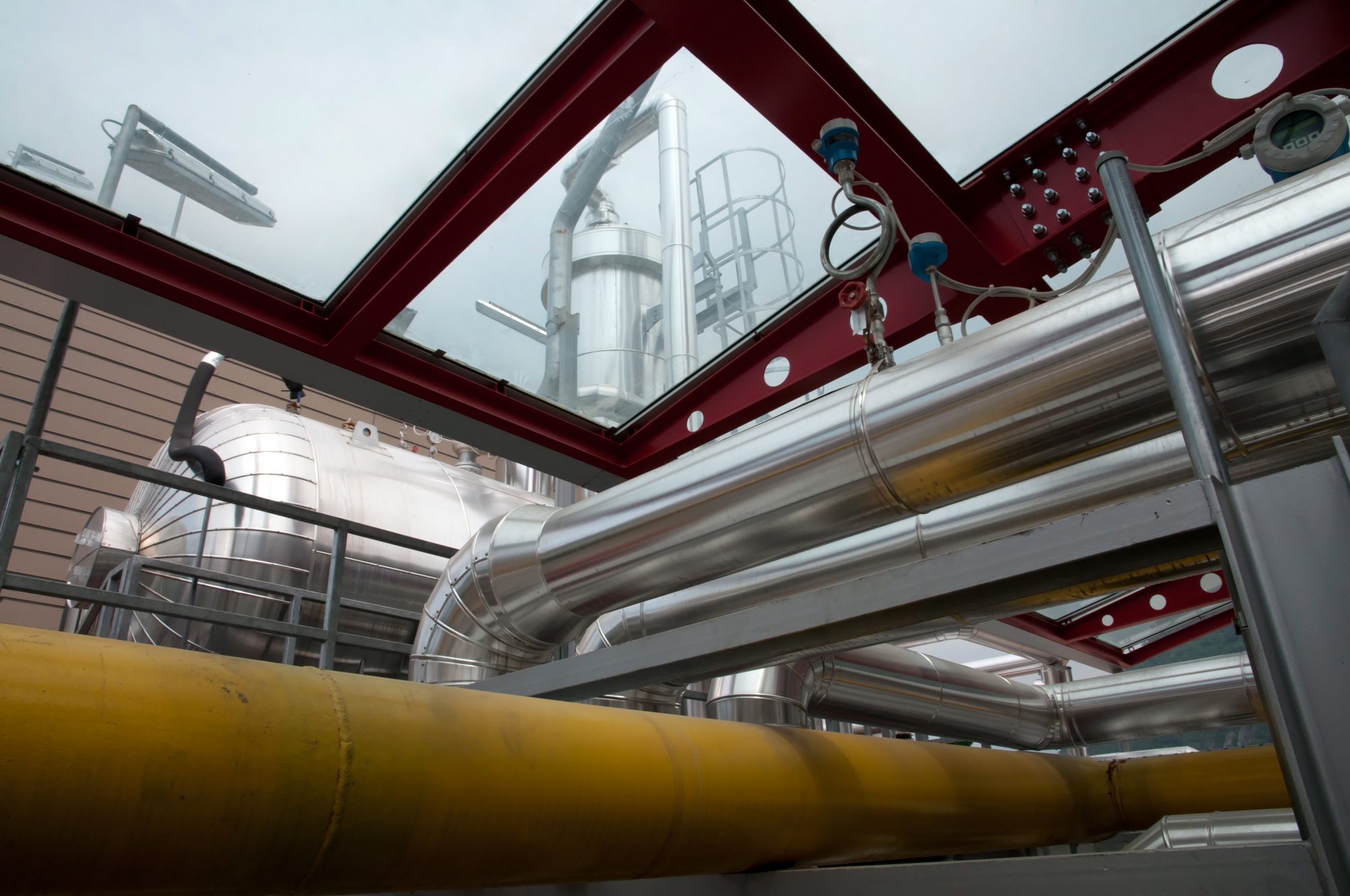
Cooling Water Intake Structures
In 2014, EPA finalized its 316(b) cooling water intake structure rule applicable to manufacturing facilities. The rule is designed to protect fish and other aquatic species from impingement on screens associated with surface water intake structures and entrainment of species that might pass through screens and into cooling water systems. …
Learn More
Dredging
Companies managing aerated stabilization basins (ASBs) can be challenged by the accumulation of sediments within the basin. Such accumulation can reduce the residence time of water begin treated in the basin, alter the intended flow pattern of the wastewater within the basin, and result in feedback from degrading biomass that…
Learn More
Effluent Guidelines and the “Cluster Rule”
EPA establishes national, technology-based regulations, known as effluent limitations guidelines (ELGs), for direct dischargers and pretreatment standards for indirect dischargers to control discharges of pollutants in effluents from certain industrial source categories. The pulp and paper industry and timber processing industry are two of about 60 such categories. EPA reviews…
Learn More
Forest Inventory and Biometrics
Sustainable forest management requires accurate and current information about forest resources. Forest biometrics applies sampling theory, statistical analysis techniques, and mathematical models to quantify current forest conditions and to develop projections.
Learn More
Forest Water and Wetland Issue Support
Regulatory issues related to water quality and wetlands have the potential to constrain forest management and wood supplies. Examples include Waters of the U.S. (WOTUS) rules under the Clean Water Act, NPDES forest road permits, pesticide permits, and unachievable water quality criteria. Staff periodically monitor regulatory and scientific developments related…
Learn MoreGreenhouse Gas Emissions & Carbon Regulation
Most of the industry’s manufacturing facilities require fossil fuels and these fuels generate greenhouse gases when burned. The industry obtains much of its energy, however, from biomass fuels that, unlike fossil fuels, add no new carbon to the atmosphere.
Learn More
Measurement & Analytical Methods
This focus area is oriented towards maintaining expertise in emission measurement and related analytical methods. NCASI expertise in this focus area is leveraged to evaluate, improve and modify EPA and other reference methods under both these categories, where applicable. One area of specific focus is on method performance on pulp…
Learn More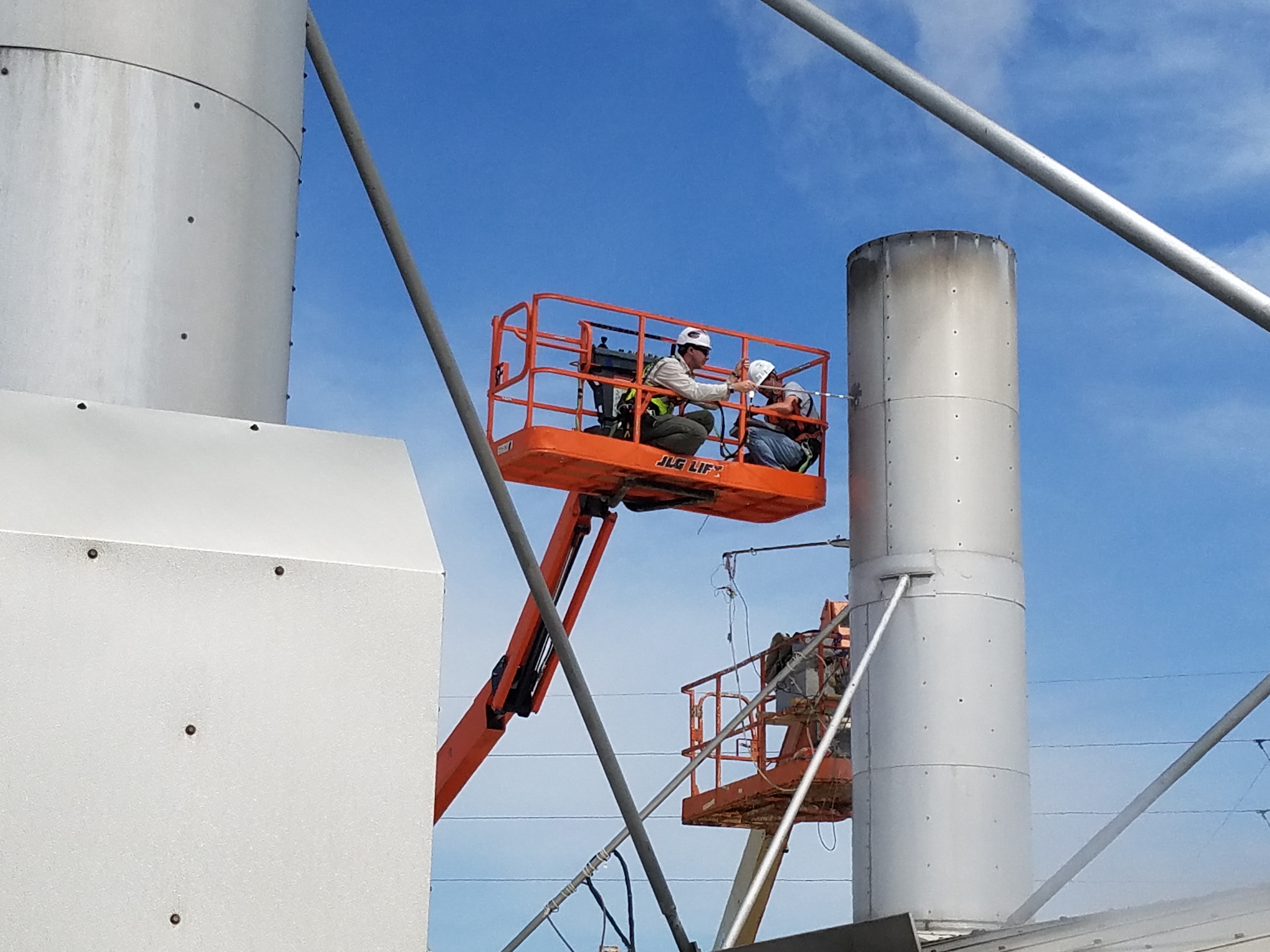
NCASI Five-Year Emissions Survey
NCASI has conducted an industry-wide survey at five-year intervals, since 1980, to evaluate trends in US pulp and paper mill SO2 and NOx emissions. The five-year survey has included total filterable PM emissions since 2005. Results from the most recent survey conducted in 2010 suggest total even though paper production…
Learn MoreNCASI LCA Studies
NCASI has worked to improve the quantification of the environmental characteristics of the industry’s full value chain and product life cycle, including forest management, through evaluating and communicating the complexities of LCA as applied to the forest products sector...
Learn More
Next Gen Sensors and Sensor Evaluations
NCASI work in this emerging focus area revolves around Next Generation (Next Gen) sensors for fine PM and VOC that are increasingly becoming viable screening tools and are able to generate reliable, quality assured data. NCASI has conducted limited evaluations of key PM2.5 sensors and is tracking activity in this…
Learn More
Nutrient Management
Learn MoreParticulate Matter (PM)
NCASI has decades of expertise evaluating and implementing total PM measurement methods like Method 5, 5b, and 17. NCASI also leverages this expertise to help Member companies plan and execute emission testing. NCASI also quality assures emission test reports as part of Member support and helps conduct more detailed characterizations…
Learn More
PCWP MACT & RTR
Current NCASI studies in the wood products program are focused on positioning the industry for the upcoming MACT residual risk and technology review (RTR) and reconsideration of MACT for remanded miscellaneous process units. NCASI studies are evaluating the variability of VOC/HAP emissions from miscellaneous process units like sanders, saws, screens,…
Learn More
Per- and Polyfluorinated Substances (PFAS)
Per- and polyfluoroalkyl substance(s) (PFAS) are a group of chemicals used to manufacture a wide variety of products with non-stick or moisture- and stain-resistant surfaces, such as certain paper products, water-resistant clothing, and cookware. They are also used in some cleaning products, paints, and firefighting foams. Regulatory and research interest…
Learn More
Pulp & Paper
NCASI technical resources related to major rulemakings in the Pulp and paper sector, viz., the Subpart S (pulp and paper) MACT, Subpart S RTR, Subpart MM (chemical recovery) MACT and RTR are available here. Leading up to the Subpart S rulemakings, NCASI conducted an extensive sampling program to quantify HAP…
Learn More
Pulping & Bleaching
NCASI is globally recognized for expertise in emissions of Air Toxics, Criteria Pollutants and Hazardous Air Pollutant emissions from pulping and bleaching sources. Efforts in this area involve leveraging NCASI’s understanding of the process to develop semi-empirical relationships between emissions and process parameters that impact emissions. These analyses have frequently…
Learn More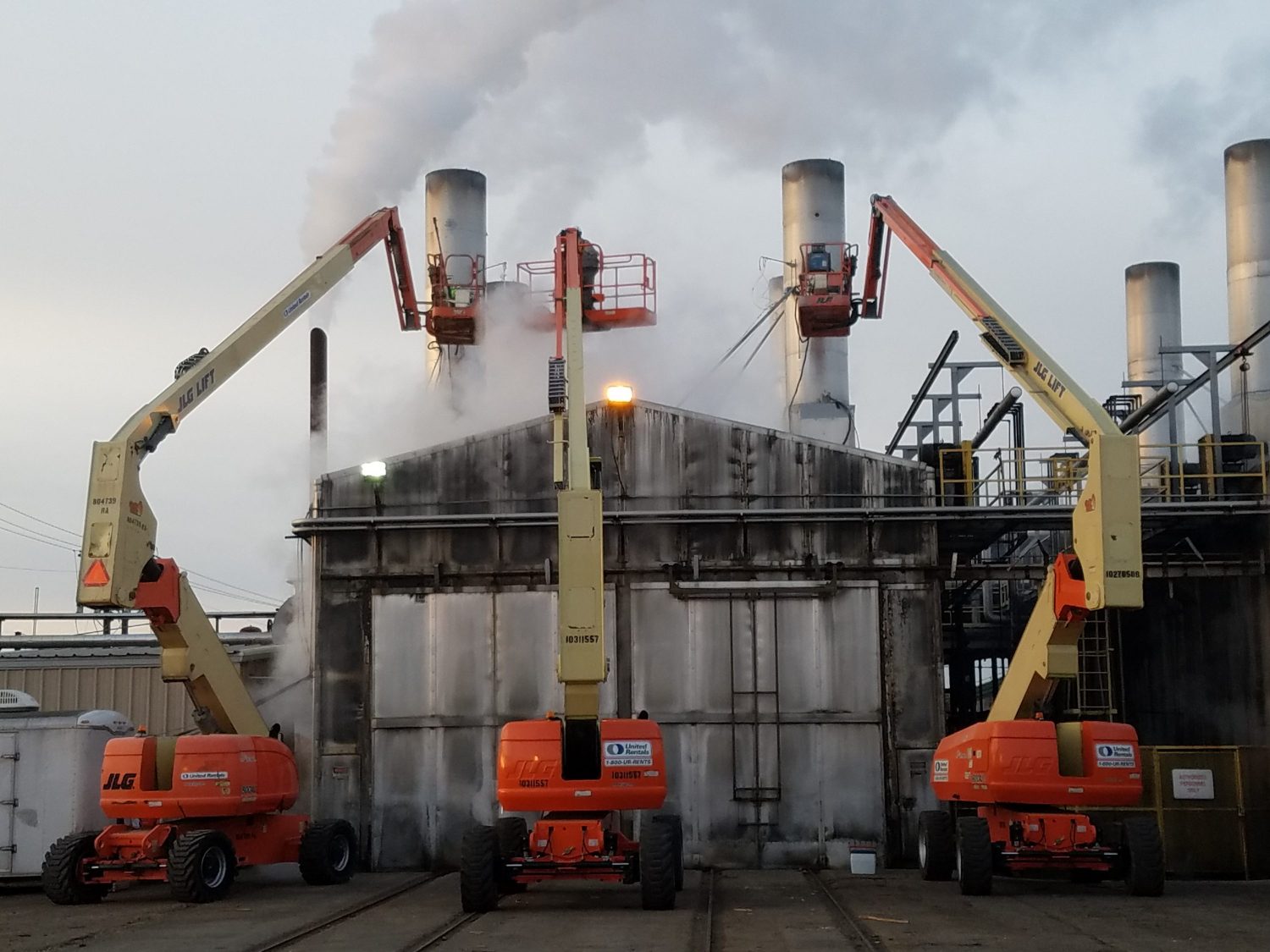
Recycled vs Fresh Fiber
There are a multitude of considerations that manufacturers make when deciding the amounts of recycled and fresh fiber for their products such as performance, market demand, manufacturing capabilities and resource availability.
Learn More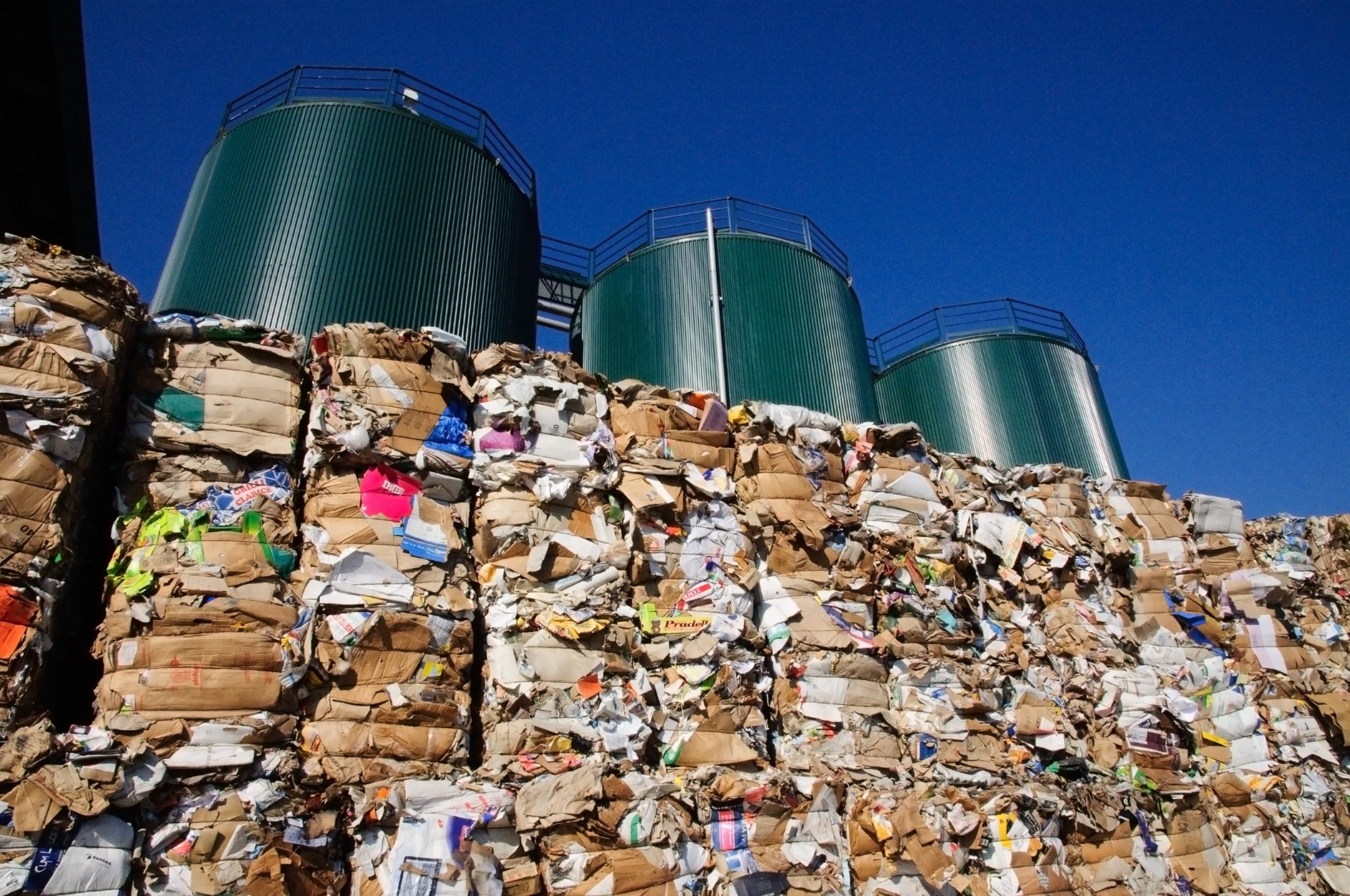
Residual Types & Uses
As part of the manufacturing process, the forest products industry generates several types of solid residuals such as boiler ash, causticizing residuals, woody biomass, secondary fiber rejects, and wastewater treatment solids. Due to their chemical and physical properties, these residuals have many beneficial uses as substitutes for raw materials in other manufacturing, geotechnical, agricultural, and silvicultural applications.
Learn More
SARA 313
Since 1987, US manufacturing facilities have been obligated to track the manufacture, processing, and use of certain chemicals under EPA’s Toxic Release Inventory (TRI) program, authorized under SARA Section 313.
Learn More
Source Fingerprinting
NCASI work in this emerging area has focused on development of speciation profiles for particulate matter emissions sources at chemical pulp mills.
Learn More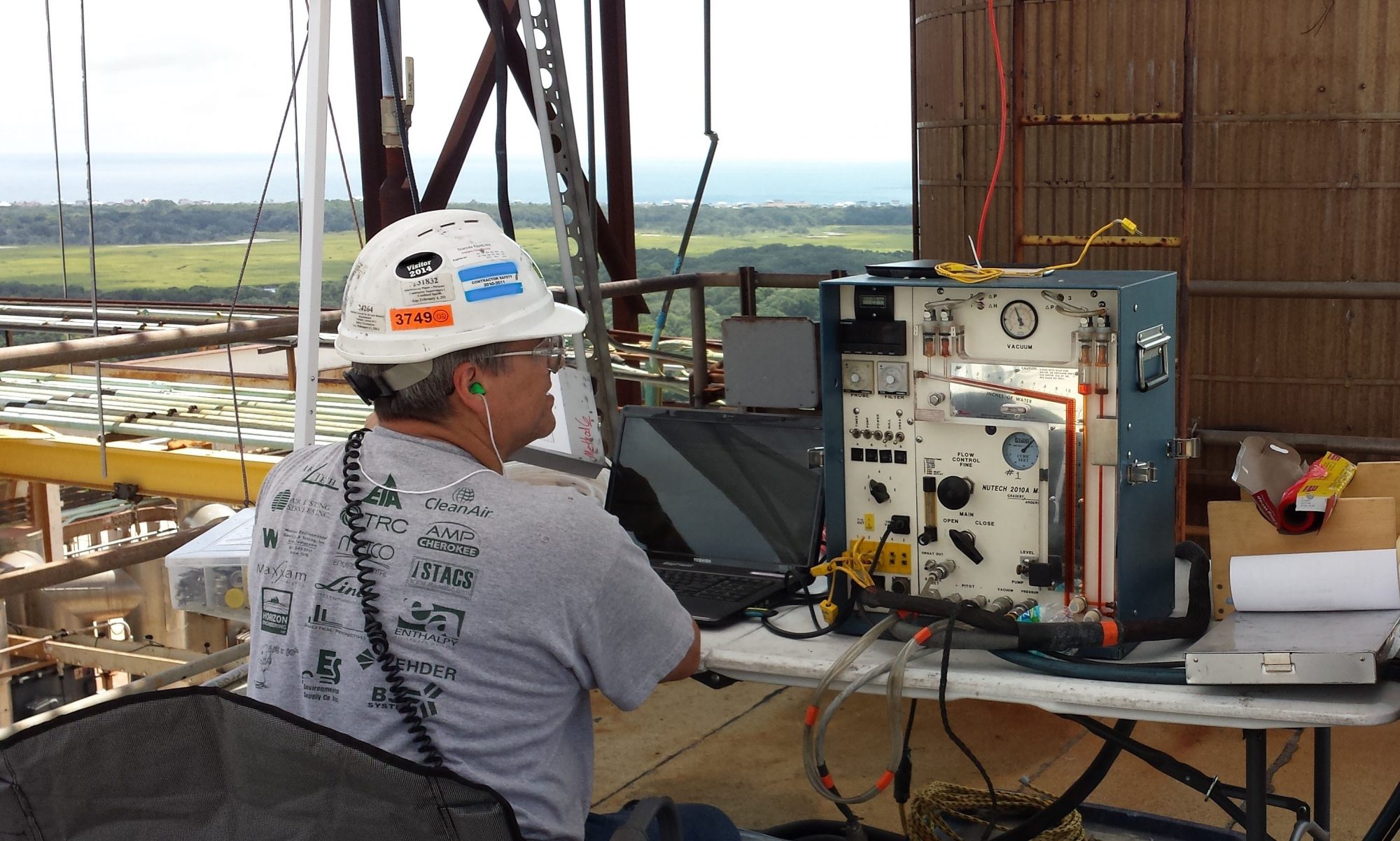
Support for Implementing Certification Programs
NCASI Member Companies typically participate in forest certification and chain of custody programs developed by organizations such as the Sustainable Forestry Initiative® (SFI) and the Forest Stewardship Council. In addition, certification programs for bioenergy feedstocks such as the Sustainable Biomass Program are gaining prominence. Member Companies that…
Learn More
Using Silvicultural Chemicals for Vegetation Management
Using herbicides for forest vegetation management is an important tool on private, working forests. Various other silvicultural chemicals (insecticides, fertilizers) are also important management tools. However, timber managers who wish to include silvicultural chemical use as a component of their management plans are increasingly faced with questions, concerns, and opposition.
Learn More
Water Use & Consumption
The pulp and paper industry is a large industrial user of water, as it is used in nearly every step in the manufacturing process. While the industry is a large user of water it has low water consumption.
Learn More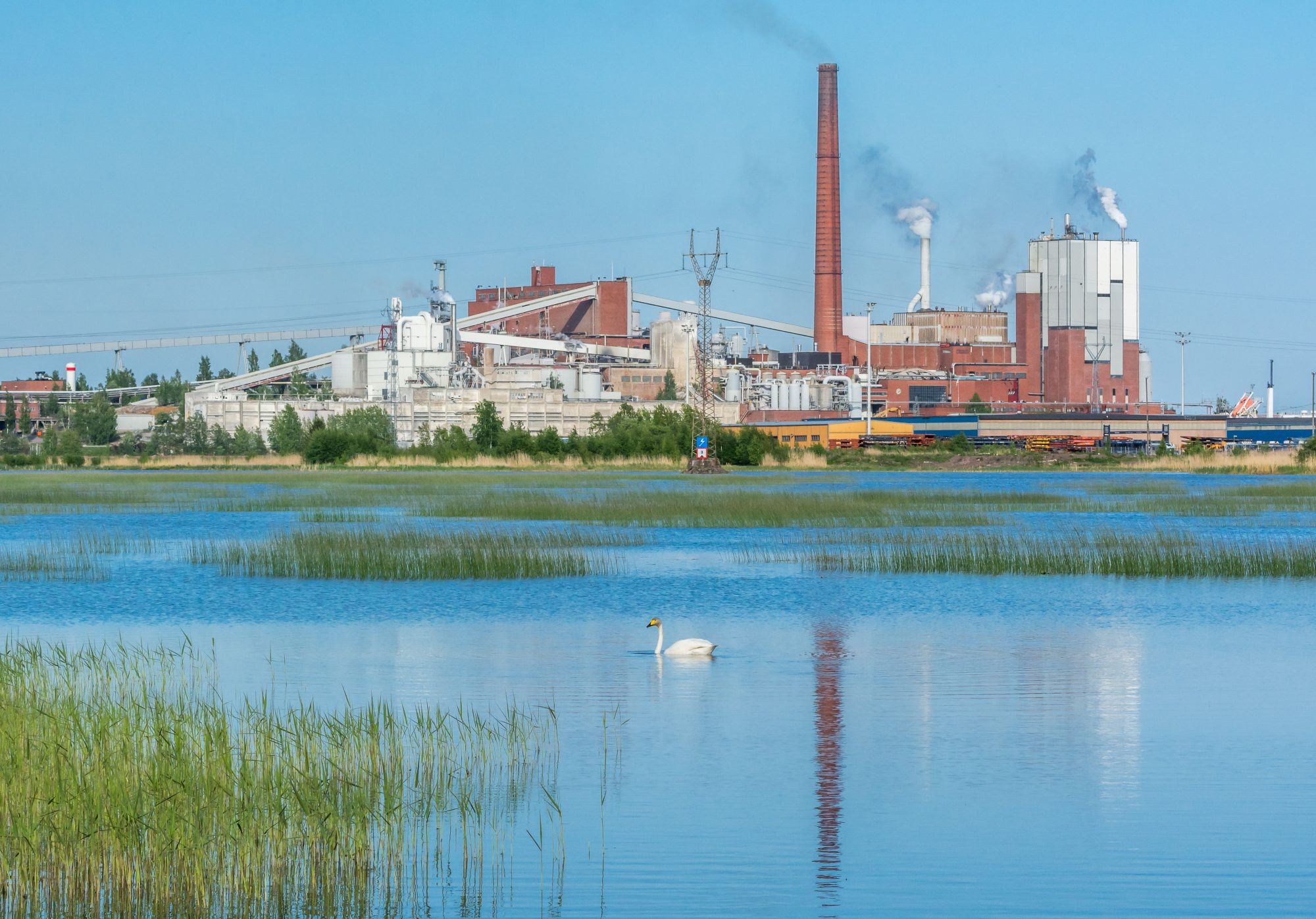
Ambient and Workplace Monitors
NCASI work in this focus area most recently involves the use of ambient PM monitors as screening tools for carrying out source-level sampling, particularly on low-emitting sources that are not suited for conventional sampling methods.
Learn More
Ambient Data Analyses
NCASI work in this area is expected to involve an assessment of near-field and long-range impacts of forest product industry sources on ambient air. This information may prove useful in the context of air permitting, secondary pollutant impacts and addressing local issues. Early work focuses on analysis of publicly available…
Learn More
Biomass Energy
Energy and climate policies can place restrictions on wood supplies and forest management practices, but also may provide market opportunities for landowners. Energy- and climate-related issues may include: a) definitions of renewable biomass b) effects of management regimes and practices on forest carbon stocks and greenhouse gas emissions…
Learn More
Bird Communities on Managed Forests
The mission of the Sustainable Forestry and Eastern Wildlife Program is to provide sound science and technology that support the practice of sustainable forestry and the development of innovative, cost-effective management strategies that benefit the environment.
Learn More
Chemicals in Products Sheets
NCASI’s Substance Information Sheets provide information for selected substances that will be useful to member company staff responsible for product safety, sustainability, and stewardship.
Learn More
Criteria Pollutants
NCASI leverages expertise in emissions measurement data and an understanding of industrial processes to develop emission factors for use in emissions reporting, inventory development and permitting. Examples include NOx emissions from chemical recovery sources, SO2 emissions from wood-fired boilers and the potential for PM2.5 emissions from wood and bark handling…
Learn More
Criteria to Protect Aquatic Life
EPA publishes criteria recommendations for water quality that can be used by states to ensure that waterbodies have desired characteristics, including protections for aquatic life. Such characteristics are highly variable across both space and time, and states have the right to deviate from EPA’s recommendations when it is scientifically appropriate…
Learn More
Ecolabeling
While adoption of EU style ecolabels has been limited in North American markets, North American pulp and paper producers are competing and often selling products in foreign markets and may be faced with meeting eco-label standards in order to effectively compete in these markets.
Learn More
Emission Factors
Efforts in this area of NCASI’s program are oriented towards generating reliable data on emissions from forest products manufacturing. Leveraging NCASI expertise on measurement and analytical methods, NCASI conducts or directs emission studies that result in the development of factors that fill critical data gaps as Members rely on these…
Learn More
Emissions Databases – Pulp & Paper
NCASI maintains comprehensive air emissions databases for air toxics and criteria pollutants (SO2, NOx, CO, particulate matter, and total VOCs) for pulp and paper mill sources. These databases incorporate data from emission studies carried out to inform the MACT rulemakings and other subsequent NCASI/industry testing. The air toxics emissions database…
Learn More
Energy Use & Optimization
Much of the forest products industry’s energy needs are met with the use of biomass. NCASI research helps to educate and convey the unique aspects of biomass-powered energy systems to stakeholders.
Learn More
Fiber Sourcing
Maximizing productivity and maintaining the highest environmental benefits from forests and/or recovered fiber are at the core of NCASI’s research associated with fiber sourcing.
Learn More
Forest Carbon
The forests that supply the industry’s raw material remove carbon dioxide from the atmosphere and store the carbon – not only in trees, but also below ground in soils and root systems, and ultimately in forest products.
Learn More
Hazardous Air Pollutants (HAPs)
NCASI develops, evaluates and validates sampling and analytical methods for HAPs in air emissions, condensates and wastewater. Several of these methods are approved under the Subpart S (pulp and paper) and Subpart DDDD (PCWP) MACT rules for compliance demonstration purposes. The NCASI method to measure low levels of aldehydes and…
Learn More
Herbicide-related Research
Although recent field studies have shown that concentrations of herbicides in streams are low following applications made when modern best management practices (BMPs), some data gaps have been identified. In particular, data showing duration of elevated herbicide concentrations immediately preceding and following storm events are lacking.
Learn More
Landfilling
Manufacturing residuals that are not beneficially used are typically classified as solid wastes and disposed of in a landfill.
Learn More
LCA Methodologies
NCASI LCA research has focused on creating a better understanding of the life cycle attributes of specific forest products and the products against which they compete.
Learn MoreLife Cycle Assessment
The science of life cycle assessment (LCA) is in constant evolution. A significant amount of research is undertaken on the improvement of environmental indicators, regionalization, LCA of complex systems, and consequential LCA, as well as in rendering LCA results more useful for decision making and communication. At the same time,…
Learn More
MACT Study
EPA issued the Plywood and Composite Wood Panel Maximum Achievable Control Technology (PCWP MACT, 40 CFR Part 63, Subpart DDDD) emission standards in July 2004. These standards established hazardous air pollutant (HAP) emission limits for certain panel plants and engineered lumber operations that are major sources. A seven-part series of…
Learn More
Managing Aerated Stabilization Basins (ASBs)
Use of aerated stabilization basins (ASBs) for treating wastewater is a very common practice in the forest products industry. Basins used for this purpose are unique in many ways and, as such, operational techniques and long-term management strategies for these systems are not widely known outside the industry.
Learn More
NPRI
In the late 1990s, Canadian authorities authorized a chemical manufacture and release reporting program covering more than 300 substances. This program is similar, but not identical, to the SARA 313 program in the US. In 1999, NCASI created handbooks and other resources to assist Canadian members with these reporting obligations.
Learn More
Nutrients
Nutrients and nutrient-related pollution are a leading cause of impairments to US waters, and environmental agencies are very actively engaged in designing management programs to address these impairments.
Learn More
Power & Combustion
NCASI studies and technical analyses of emissions data from wood-fired combination boilers have resulted in an improved understanding of the factors driving sulfur capture in these units, acid gas (sulfuric, hydrochloric) formation and emissions, estimating the effectiveness of control strategies, and troubleshooting operational issues. NCASI technical analyses in this area…
Learn More
Soil Erosion and Sediment Delivery
Water quality considerations, including sediment delivery, are critical to understand in the context of forest management throughout the U.S. Sediment is the number one pollutant of rivers and streams in the U.S. and states recommend or require, the use of best management practices (BMPs) to reduce soil erosion and the potential delivery of sediment to waterbodies.
Learn MoreWater Reuse & Recycle
The concept of water recycle is useful in water resource management dialogue because it is a measure of how efficiently water is being used.
Learn More
Wood Products
EPA issued the Plywood and Composite Wood Panel Maximum Achievable Control Technology (PCWP MACT, 40 CFR Part 63, Subpart DDDD) emission standards in July 2004. These standards established hazardous air pollutant (HAP) emission limits for certain panel plants and engineered lumber operations that are major sources. EPA is currently reconsidering…
Learn More
Carbon Accounting
The forests that supply the industry’s raw material remove carbon dioxide from the atmosphere and store the carbon – not only in trees, but also below ground in soils and root systems, and ultimately in forest products. Understanding the dynamics of carbon as it moves from atmosphere to living trees to forest products helps us make informed choices about forest management alternatives.
Learn More
Carbon in Forest Products
The forests that supply the industry’s raw material remove carbon dioxide from the atmosphere and store the carbon – not only in trees, but also below ground in soils and root systems, and ultimately in forest products.
Learn More
Chemical Recovery
NCASI uses detailed process knowledge and expertise in emissions measurements to advance the science of air emissions from chemical recovery sources and their related control devices. Examples include the impact of operating parameters on NOx emissions from chemical recovery furnaces, impact of scrubber characteristics on TRS emissions from smelt dissolving…
Learn More
Climate Change
Climate change and policies developed in response to it have implications for forest biodiversity, health, productivity, and economic viability. Climate change is now considered a factor influencing some endangered species and regional climate forecasts are being incorporated into agency planning regulations for water quality, wildlife conservation, and other issues. The…
Learn More
COLE (Carbon On-Line Estimator)
The Carbon On-Line Estimator (COLE) is a Java-based program developed to enable examination of forest carbon characteristics of any area of the continental United States.
Learn More
Criteria to Protect Human Health
EPA publishes criteria recommendations for water quality that can be used by states to ensure that the presence of substances in ambient waters does not represent an unreasonable threat to humans who may recreate in and on the water, consume fish from the water, or use the water as a…
Learn More
Data Compilations
NCASI compiles information on emissions of Hazardous Air Pollutants, Criteria Pollutants and other Air Toxics in capstone emission summary reports. This work critically reviews a large amount of emissions information, develops technically justifiable estimation approaches and condenses the emissions data to a form that is more useful to members.
Learn More
Ecological Responses to Riparian Forest Management
Riparian forests are strips of forestland adjacent to streams where management practices are modified or restricted to reduce transport of pollutants to waterbodies. Retention of riparian forests is critical since these forests filter surface water runoff, link subsurface water flow with the stream channel, and store sediment and nutrients.
Learn MoreEmissions Database
The Wood Products program is credited with developing, compiling, and updating an extensive database of air emissions from sources at wood products facilities, reflecting extensive studies around wood products plants in the 1990s to develop data on Hazardous Air Pollutant (HAP) and volatile organic compounds (VOC) emissions. The first version…
Learn More
Emissions Database – Wood Products
The Wood Products Program is credited with developing, compiling, and updating an extensive database of air emissions from sources at wood products facilities.
Learn More
Energy Management
Reducing energy use is an important goal for the forest products sector. The industry makes extensive use of efficient combined heat and power (CHP) systems, often fueled by carbon neutral biomass, to supply steam and electricity to drive their processes. It is important that these CHP systems are accurately characterized…
Learn More
Food Contact Packaging
NCASI staff periodically review the published scientific literature addressing issues related to the presence of contaminants in food contact materials manufactured from wood pulp. The reviewed publications address issues related to the effectiveness of barrier materials for preventing migration of contaminants into food or food simulants; development of methods to…
Learn More
Forest and Biomass Certification Programs
Member Companies typically participate in forest certification, fiber sourcing, and/or chain of custody programs developed by organizations such as the Sustainable Forestry Initiative® (SFI), Forest Stewardship Council, and Sustainable Biomass Program. NCASI Staff provides Member Companies with support for work associated with SFI (e.g., Conservation and Community Partnerships Grant Program),…
Learn More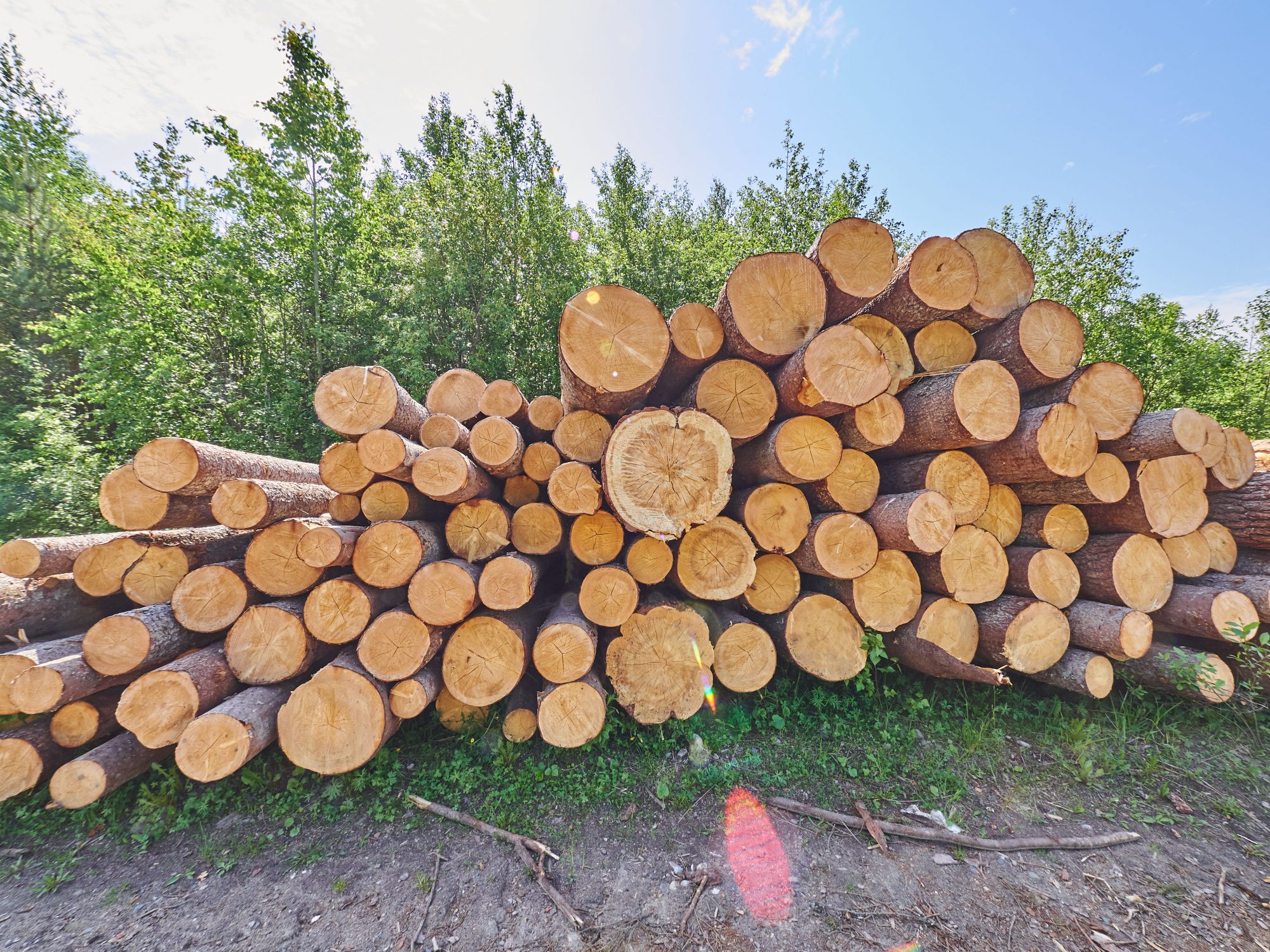
Forest Monitoring and Assessment
The US Forest Inventory and Analysis (FIA) program provides crucial information for the sustainable management of forests in both public and private sectors. The Biometrics Working Group (BWG) advises Member Companies on issues related to forest measurements, monitoring, and assessment, and provides feedback to FIA to promote program…
Learn More
Metrics & Indicators
Valuing and monetizing nature as a balancing point to industrial development is increasing, and concepts such as “natural capital” are likely to begin influencing policy development.
Learn More
Nutrients
Nutrients and nutrient-related pollution are a leading cause of impairments to US waters, and environmental agencies are very actively engaged in designing management programs to address these impairments.
Learn More
Per- and Polyfluorinated Substances (PFAS)
Per- and polyfluoroalkyl substance(s) (PFAS) are a group of chemicals used to manufacture a wide variety of products with non-stick or moisture- and stain-resistant surfaces, such as certain paper products, water-resistant clothing, and cookware. They are also used in some cleaning products, paints, and firefighting foams. Regulatory and research interest…
Learn More
Silvicultural Chemicals
Silvicultural chemicals are critically important tools for forest management. As such, it is important for NCASI to be operationally familiar with their use, understand environmental risks and mitigations, and respond to stakeholder concerns over chemical use in forestry.
Learn More
Source & Ambient Characterizations
As more regulatory and permitting activities focus on assessing ambient impacts of source-level emissions, there is a need to better characterize/speciate both source-level and ambient monitor data and estimate the ambient impacts of source emissions. There is also a need to explore modeling approaches that “map” the constituents measured on…
Learn More
TSCA
EPA’s TSCA program requires manufactures to report the production of certain products on a four-year cycle. While cellulose is exempt from reporting, 16 other substances derived from pulp and paper manufacture may be reportable. NCASI has published a handbook and other materials that are invaluable resources for facilities required to…
Learn More
Volatile Organic Compounds (VOCs)
NCASI has extensive experience with field implementation of Method 25A, used to measure total gaseous organic carbon emissions from a variety of forest products industry sources. NCASI has also evaluated a modified Method 25A sampling system for use on sources with non-hydrocarbon organic compounds and high levels of moisture.
Learn More
Calculation Tools
The use of F-factors in combustion calculations is an area of NCASI expertise. These tools are important to estimate boiler heat inputs, track/validate fuel firing scenarios, estimate air flows and carry-out other combustion-related assessments. NCASI has also developed calculation tools for use in converting emissions to varying production / throughput…
Learn More
California Proposition 65
Proposition 65 is a law in California that requires businesses (both local and those importing to the state) to notify Californians about significant amounts of chemicals in the products they purchase, use in their homes or workplaces, or that are released into the environment. NCASI has a number of resources…
Learn More
Carbon Footprinting
A carbon footprint is a picture of the overall greenhouse gas emissions of a product over its lifecycle.
Learn More
CERCLA/EPCRA
Both the Comprehensive Environmental Response, Compensation, and Liability Act (CERCLA) and the Emergency Planning and Community Right to Know Act (EPCRA) have reporting obligations for short duration and annual releases of hazardous or extremely hazardous substances in an amount greater than the “reportable quantity.” NCASI has created resources to assist…
Learn More
Chemical Reporting Handbooks
Learn More
Emission Monitors & Sensors
The role of continuous emission monitors (CEM) and continuous monitoring systems (CMS) continues to increase in regulatory compliance. New screening or monitoring tools are also being deployed to measure VOC, HAP and PM2.5 levels at fence-lines, generate screening level data on ambient impacts, and detect/measure fugitive emissions.
Learn More
Evaluating Remote Sensing Estimates of Forested Wetland Loss
A report by the National Oceanic and Atmospheric Administration (NOAA) and the US Fish and Wildlife Service (USFWS) determined that wetlands in coastal watersheds in the Great Lakes and Atlantic and Gulf coasts experienced an average net decrease of 59,000 acres/yr during 1998 to 2004. Reports such as these…
Learn MoreNutrients
Nutrients and nutrient-related pollution are a leading cause of impairments to US waters, and environmental agencies are very actively engaged in designing management programs to address these impairments.
Learn More
Odor
While odor associated with reduced sulfur compound emissions from pulping processes is well-understood, managing odor in wastewater, from wastewater treatment systems, and from other sources is considerably more challenging. NCASI has developed numerous resources and tools to assist mills in identifying sources of odor, the offending substances, and strategies for mitigating releases of odors that are sometimes associated with mill operations.
Learn More
Optimizing Roundwood Wet Storage Strategies
Since the organization's establishment in 1943, NCASI has worked to support Member Companies and address their informational needs related to sustainable wood procurement and environmental issues that influence wood/fiber supplies.
Learn More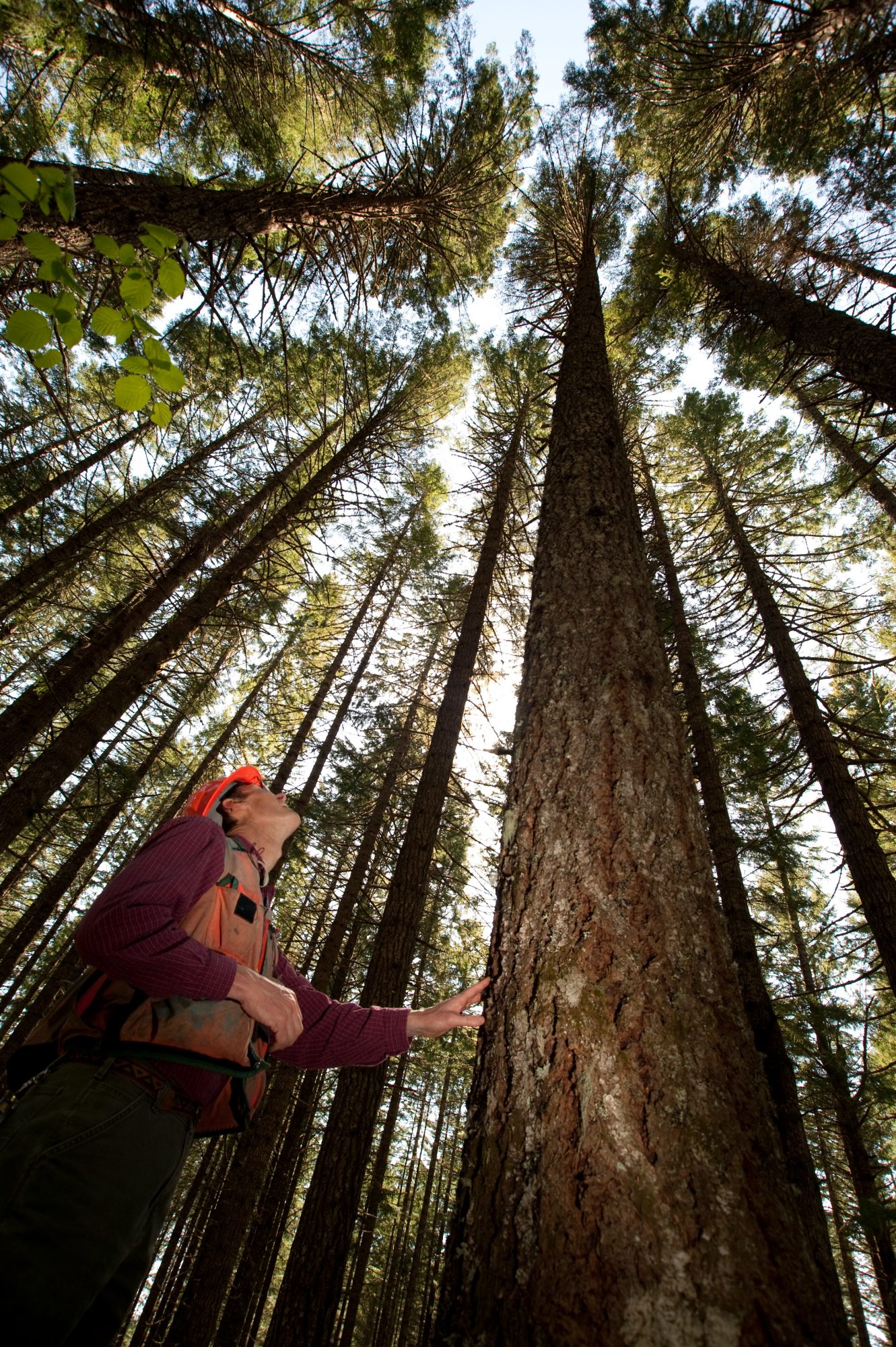
Papermaking
NCASI’s technical expertise has proven critical in measuring and estimating emissions from this challenging source category. A combination of extensive test data, pilot studies and analyses have demonstrated that emissions from papermaking area sources are expected to be quite low.
Learn More
PM2.5 – Filterable & Condensable PM
Recent NCASI technical studies focus on several topics related to PM2.5 measurement; in-field implementation of Method 201A for filterable PM2.5, biases in Method 202 used to measure CPM and development of a method to measure filterable PM2.5 from sources with entrained water droplets. NCASI work on Method 202 has extended…
Learn More
Stormwater
EPA regulates stormwater discharges in a number of ways, most notably through use of NPDES General Permits. These permits obligate dischargers involved in industrial operations and construction activities to implement certain controls to mitigate contamination of stormwater that contacts active sites. NCASI maintains resources to assist member companies in managing…
Learn More
Water Sustainability
Water sustainability initiatives and activities continue to proliferate, and it is important that water use in the forest products industry is properly understood and characterized within these initiatives, including consideration of the water/energy nexus. The challenge for many Member Companies will be to demonstrate responsible use of water while being…
Learn More
Wildlife & Biodiversity
Consideration for biological diversity has become an integral component of sustainable forestry certification programs.
Learn More
Forest Inventory & Analysis
Forest resource data collected from field inventory, remote sensing platforms, mill and landowner surveys, and other sources, are critical for assessing and communicating sustainability of forest resources and the organizations that depend on them. These data often require highly technical analytical approaches to accurately filter, summarize, and report appropriate metrics…
Learn More
Maps On-Line Evaluator (MOLE)
Maps OnLine Evaluator (MOLE), allows users to create customized maps for online display and analysis using various combinations of FIA data and other topographic data, including roads, streams and waterbodies, digital elevation, and land cover data.
Learn MoreMica Creek Study
The Mica Creek Experimental Watershed is a paired and nested watershed study in Shoshone County in northern Idaho. This long-term watershed study (1990 – current), which is evaluating effects of best management practices (BMPs) of roads, clear cut, and partial cut harvesting, has been largely supported and funded by PotlatchDeltic,…
Learn MoreOther Biodiversity-Related Research – Eastern US
Results from this study will strengthen the body of information about the value of working forests for pollinator communities, thus enhancing the foundation for forest management decisions and responses to policy or regulatory proposals.
Learn More
Product Regulations
NCASI has prepared some work products intended to help member companies identify, understand, and comply with selected product-related regulations. These materials explore the scope and general applicability of product regulations and programs frequently cited by customers via product-related surveys or certifications.
Learn More
Recycling & Land Use
The forest products sector makes use of both fresh and recycled fiber, and both are required to fulfill the sector’s raw material needs. There continue to be questions raised by industry stakeholders regarding the effects of using recovered/recycled fiber versus fresh fiber, and the associated implications related to land use.
Learn More
Residuals & Forest Biomass for Energy
The life cycle greenhouse gas (GHG) implications of using various manufacturing and forest biomass residuals for energy production at pulp and paper mills and wood products manufacturing facilities depends on a variety of factors.
Learn More
Technical Reviews & Data Analyses
Efforts in this focus area are geared towards developing and / or improving the understanding of fundamental principles and process operating parameters that impact emissions. Additionally, this focus area also leverages NCASI expertise to generally assess the appropriateness of emission factors used in various permitting activities. To this end, NCASI…
Learn More
VOC Speciation
Recent NCASI technical activity in this area seeks to evaluate the use of OTM-026, in conjunction with modified Method 25A to develop better estimates of speciated VOC emissions from wood products sources. NCASI also works with members to leverage existing HAP/VOC emissions data to develop estimated speciated VOC profiles for…
Learn More
VOC Speciation
Recent NCASI technical activity in this area seeks to evaluate the use of OTM-026, in conjunction with modified Method 25A to develop better estimates of speciated VOC emissions from wood products sources. This activity commenced in the late 1990s when the forest products industry initiated a multi-year research study on…
Learn More
Water Consumption, Reuse, and Conservation
The North American forest products industry is a large user of freshwater but consumes comparatively little of the water it uses. Further, the reliance of the industry on forest-derived raw materials and the use of surface water as a receiver for treated effluents represent extensions of its footprint with regard…
Learn More
Watersheds & Wetlands
Clean water depends on healthy forests. As such, there are numerous regulations and best management practices developed to protect water quality in forested landscapes.
Learn More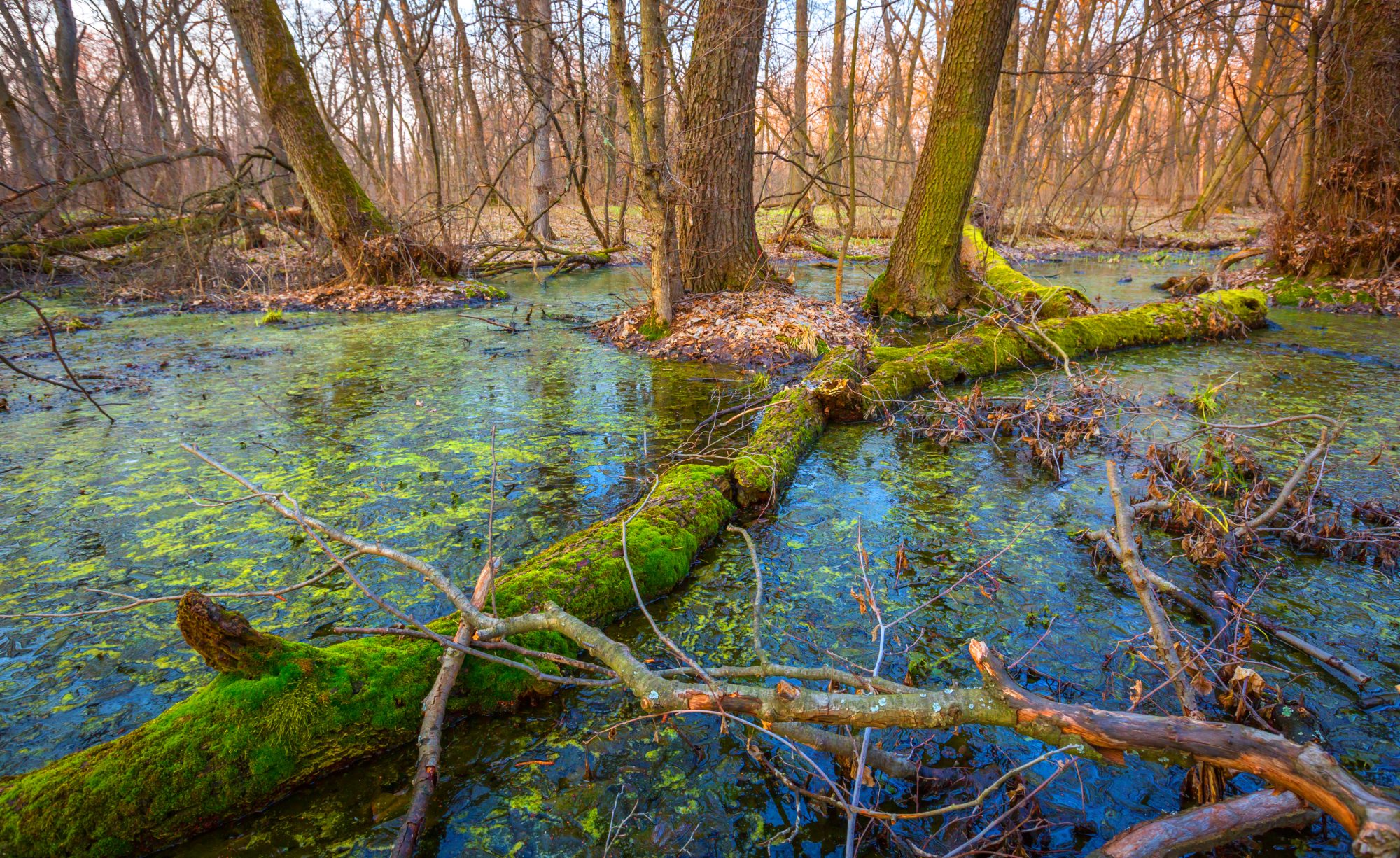
Wood Products
Recent NCASI technical analyses in the wood products segment are focused on the upcoming MACT residual risk and technology review (RTR), frequently termed as PCWP MACT II and RTR. NCASI technical analyses are evaluating the impacts of source co-location and building air on emissions and the underlying feasibility of establishing…
Learn More
Beneficial Use of Residuals
The increased difficulty and costs associated with permitting, constructing and operating new landfills has caused many in the industry to focus their attention on reducing waste streams and extending the life of their current landfills. This, in turn, has generated new interest in concepts such as the “Circular Economy” and “Zero Waste” and might affect decision‐making in terms of managing solid residuals.
Learn More
Calculation Tools for Greenhouse Gas Emissions & Carbon
Since 2002, NCASI has developed and maintained a suite of calculation tools that can be used to estimate greenhouse gas emissions and/or carbon associated with the manufacturing of forest products.
Learn More
Emission Test QA Tools
NCASI reviews emission test reports from member company testing, both as part of Member support and for incorporating emission test data into the various databases. Customized calculation tools have been developed over the years to better-facilitate this review process. These tools are being modified to develop user-friendly tools for Member…
Learn More
Modeling Summer Streamflow Responses for Contemporary Landscapes
Understanding effects of forest management on hydrology has been a focus of research for decades, but most of this research focus has relied on understanding the immediate effects of harvest on water quantity and has only examined these effects at the smallest watershed scales. However, understanding dynamic hydrological responses to…
Learn MoreSmall Area Estimation Techniques
Forest Inventory and Analysis (FIA) data are essential for providing information about forest resources of the United States. The FIA program includes not only forest inventory data collected from field plots, but production data collected from mill surveys as part of the Timber Products Output (TPO) program. Due to…
Learn More
Sulfuric Acid
Early NCASI work on sulfuric acid measurement resulted in the development of the controlled condensation method, NCASI Method 8A (CTM-013), for use on recovery furnaces. EPA Method 8, the promulgated reference method for sulfuric acid, was later modified (as CTM-013a and CTM-013b) with a front-half filter for use on other…
Learn More
Surveys, Databases & Tools
NCASI air emissions databases and surveys of criteria pollutant emissions are important resources available to Members for use in permitting, reporting and benchmarking activities. Drawing from the expertise in air emissions fundamentals and measurement techniques, NCASI also develops tools that enable Members to evaluate and quality assure testing activities. Activity…
Learn MoreSustainability and Fiber Supply
The mission of the Sustainable Forestry is to provide sound science and technology that support the practice of sustainable forestry and the development of innovative, cost-effective management strategies that benefit the environment.
Learn More
At-risk Species
Forest products companies participating in forest certification programs are expected to take appropriate steps to conserve at-risk species in forests they manage and from which they procure wood. Member Companies also often use data describing occurrences of high-priority species to address conservation of biological diversity in their forest management and…
Learn More
Comparison of Environmental Responses to Watershed Composition
Knowledge about the effects of forest harvest on overall composition is limited to the smallest watershed scale, primarily due to the limits of manipulating entire watersheds. Scaling up from headwater responses is not appropriate given well-documented differences in factors that affect ecosystem function that occur at different scales. Land ownership…
Learn MoreForest Certification
Participants in forest certification programs are asked to support research that advances sustainable forest management. By design, NCASI's forestry research program addresses issues identified in the major forest certification programs used in North America.
Learn More
Regulatory Support
Efforts in this area of NCASI’s program are oriented towards developing a) technical work products that inform regulatory agencies during rule development and b) rule summaries, guidance documents and implementation tools to assist members during rule implementation (Pulp & Paper Manufacturing and Wood Products Manufacturing).
Learn More
Southern On-Line Estimator (SOLE)
The Southern OnLine Estimator (SOLE) is an Internet-based database analysis tool developed cooperatively by NCASI and the U.S. Forest Service Southern Research Station.
Learn MoreSustainability Metrics & Benchmarking
Social issues continue to influence public perception of corporate environmental responsibility. Valuing and monetizing nature as a balancing point to industrial development will accelerate, and concepts such as natural capital are likely to increasingly influence policy development. NCASI’s objective in this focus area is to aid in the design and…
Learn More
Wood Products
A significant portion of NCASI activities in Air Quality, along the focus areas described above, involve studies related to plywood and composite wood products (PCWP) manufacturing. Activities in the wood products program seek to fill the critical data needs of this segment and develop technical information that informs EPA and…
Learn More
Other Biodiversity Related Research – Western US
Early seral forests contribute important heterogeneity to landscapes in the Pacific Northwest. Federal forest management and intensification of management on private lands have reduced availability of complex early seral ecosystems, contributing to calls for forestry approaches to help balance the aims of wood production and biodiversity conservation.
Learn MoreHabplan
Habplan is a program developed by NCASI staff to assist forest managers with harvest and habitat scheduling. Written in JAVA, Habplan uses a simulation approach, based on the Metropolis Algorithm, to generate feasible (near optimal) harvest schedules.
Learn More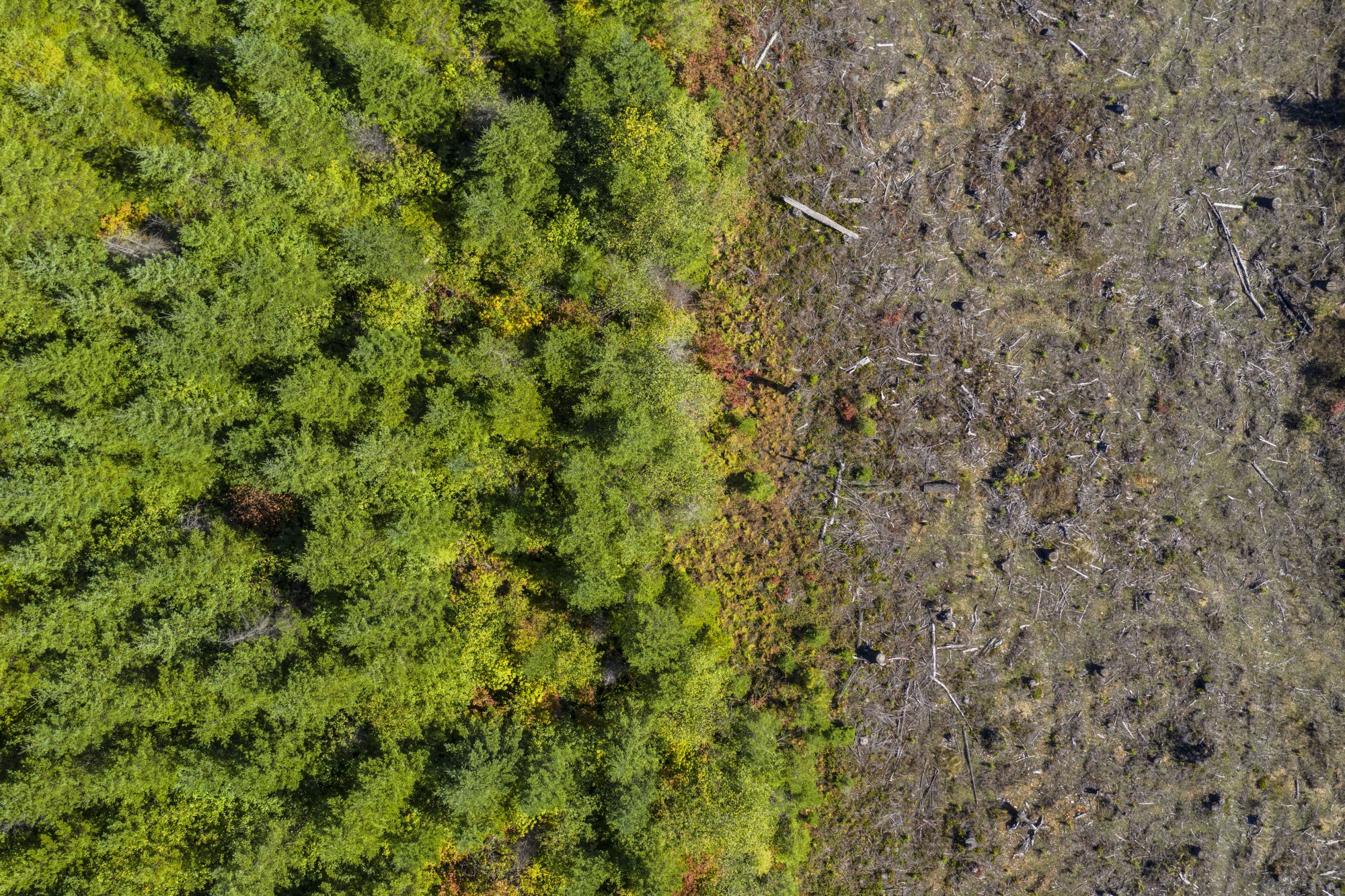
Western Trade Association Partnerships
Research results from the Western Sustainable Forestry Program (WSFP) provide a scientific foundation for industry efforts to advance cost-effective approaches to conserving wildlife and biodiversity in managed forests.
Learn More
